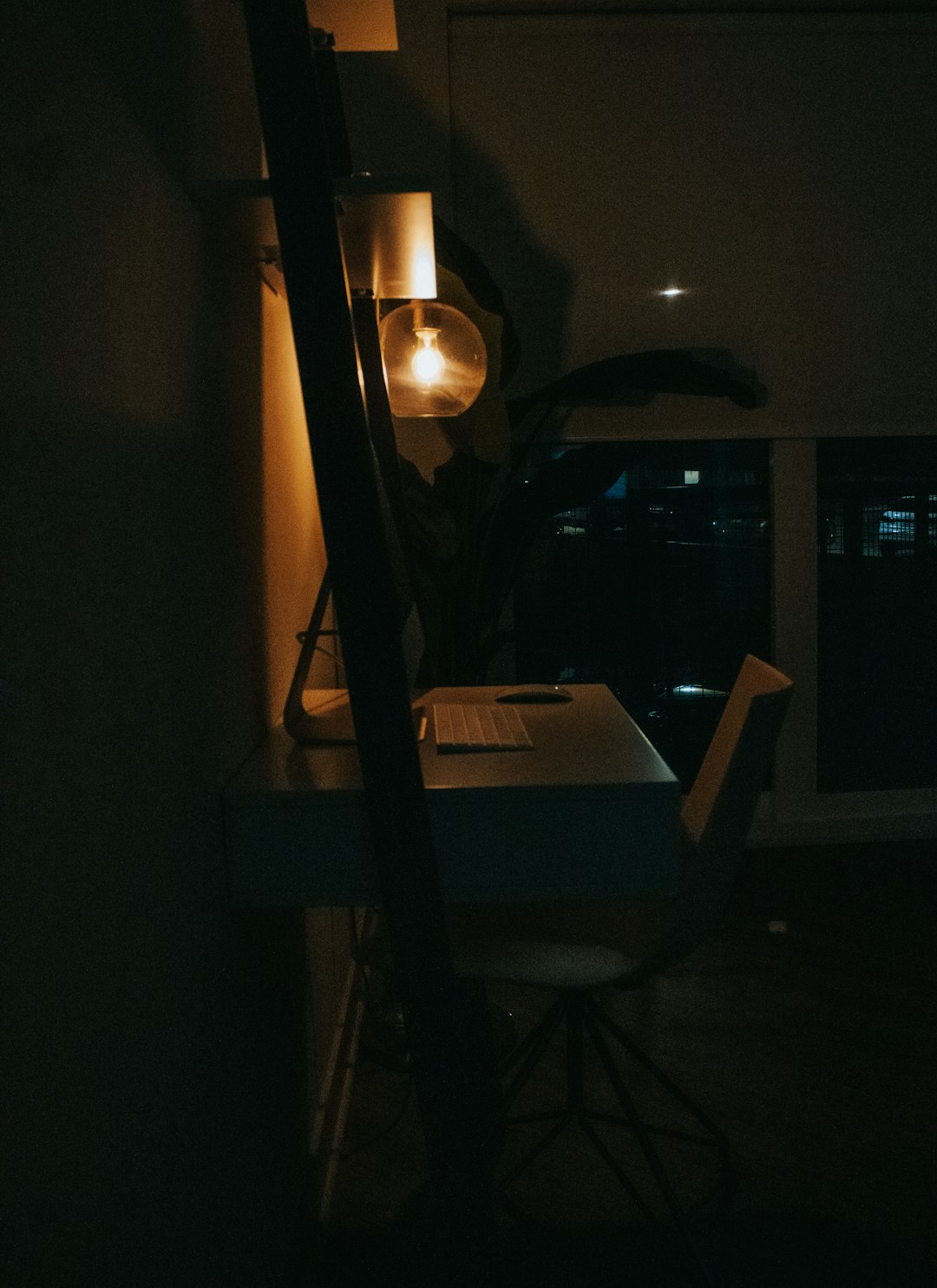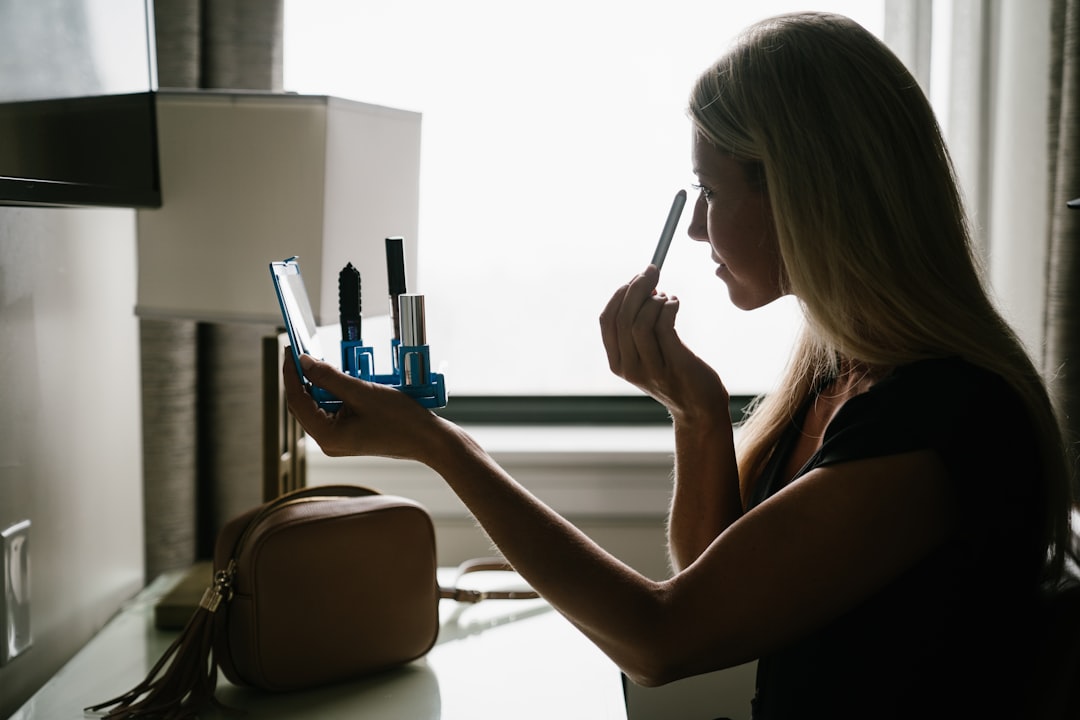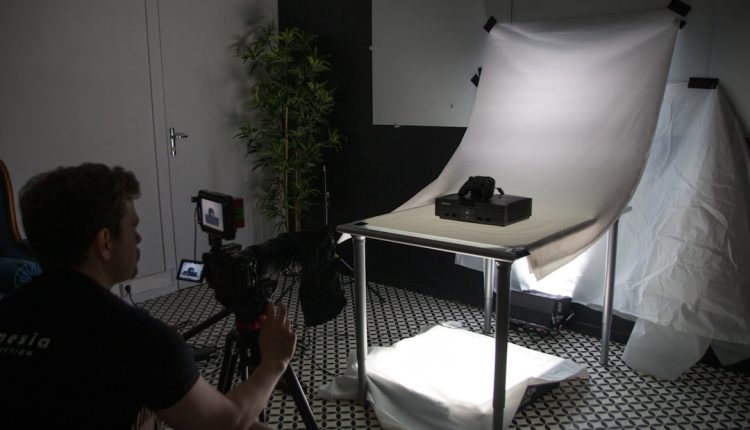In an era where high-quality visual content dominates social media, online meetings, and digital marketing, lighting has emerged as one of the most critical components of professional-looking photos and videos. Among various lighting tools, the ring light has risen to prominence due to its simplicity, effectiveness, and versatility. Whether you’re a content creator, makeup artist, or video conference attendee, understanding what a ring light is and how to use it can significantly elevate the quality of your visual output.
What Is a Ring Light?
Table of Contents
A ring light is a circular lighting tool often made up of a series of small LED bulbs or a single fluorescent bulb arranged in a circle. The light is typically mounted on a tripod or stand and allows the camera or smartphone to be placed in the middle of the ring, ensuring even illumination of the subject from nearly every angle.
The design is rooted in simplicity but engineered to offer diffused, balanced lighting that reduces shadows and emphasizes facial features. Originally invented for dental photography, ring lights have found their way into multiple industries such as:
- Photography and videography
- Beauty and makeup tutorials
- Live streaming and content creation
- Virtual meetings and webinars

Benefits of Using a Ring Light
The appeal of ring lights lies in their ability to produce soft, natural-looking light that flatters facial features while minimizing shadows. Here are some key advantages:
- Even Lighting: The circular design ensures that the light is evenly distributed, decreasing the risk of harsh shadows or overexposed areas.
- Glowing Catchlight: A ring light creates a distinctive circular reflection in the eyes known as catchlight, which makes the subject look more vibrant and engaging on camera.
- Color Temperature Control: Many ring lights allow adjustments between warm, neutral, and cool tones, suitable for varied lighting environments.
- Brightness Settings: Adjustable brightness options let you fine-tune the intensity based on the surrounding ambient light.
- Versatility: From selfies and headshots to macro photography, the ring light excels in a variety of use cases.
Types of Ring Lights
There are several types of ring lights available, each catering to differing levels of expertise and applications:
- Standard Ring Lights: Come with a mount for smartphones or cameras placed at the center. Suitable for YouTubers, makeup artists, and virtual meetings.
- Clip-on Ring Lights: Designed for smartphones, offering portable lighting solutions perfect for mobile photography or on-the-go content creation.
- Desktop Ring Lights: Smaller versions suited for close-up webcam usage, ideal for video conferences or remote learning.
Make sure to choose a ring light based on your specific needs — for example, professionals might benefit from larger diameter lights with advanced settings, while casual users often prefer compact variants.
How to Use a Ring Light Effectively
Using a ring light is relatively straightforward, but employing the right techniques can dramatically improve your visual content. Here are key practices to help you get optimal results:
1. Positioning the Light
Always position the ring light in front of your subject, with the camera or smartphone placed in the center of the ring. This symmetry ensures uniform lighting across the face or object and minimizes shadows.
2. Adjusting Distance
The distance between the light and the subject will affect intensity and shadow softness. If the light is too close, it might cause overexposure or harsh glare. Begin by positioning it about 1–2 feet away and adjust based on the effect you want.
3. Choosing the Right Angle
Although the traditional use involves the light being straight ahead, subtle angling can add dimension or achieve specific lighting moods. Experiment with top-down or angled placements for more dramatic effects.

4. Optimizing Settings
Modern ring lights often come with settings to adjust brightness levels and color temperature. Match these to your environment. For example:
- Use warmer temperatures in dimly lit interiors to maintain natural skin tones.
- Use cooler tones in daylight settings or for a more clinical, sharp appearance.
It’s essential to test these settings while reviewing the camera feed in real-time for the most accurate setup.
5. Incorporate Diffusers and Filters
Many high-end ring lights include snap-on diffusers or colored filters. Using a diffuser softens the light further, eliminating any potential harsh spots or reflections. Filters come in handy for adding stylistic tones or adjusting white balance without post-production.
Common Mistakes to Avoid
Even with high-end equipment, improper use can yield less-than-ideal results. Avoid the following common pitfalls:
- Incorrect Camera Placement: Failing to center your camera in the ring can lead to asymmetric lighting, defeating the purpose of the light.
- Overexposure: Cranking up the brightness too much can wash out your facial features. Always test lighting before recording.
- Neglecting Backgrounds: A well-lit subject in front of a poorly-lit or cluttered background can result in unbalanced visual content.
- Improper Mounting: Unstable ring light stands can lead to shaky footage or misaligned lighting.
Using a Ring Light for Different Applications
Ring lights are no longer reserved for professionals. Here’s how everyday users can benefit:
Content Creation and Vlogging
If you’re a YouTuber or TikToker, ring lights are indispensable. They provide the clarity and consistency your audience expects. If you shoot makeup tutorials, the light creates a sharp visual of details, colors, and textures.
Remote Work and Virtual Meetings
Increased reliance on platforms like Zoom and Teams has made good lighting a necessity. A desktop ring light can improve your professional appearance instantly, helping you make a better impression online.
Photography
Ring lights are excellent for both amateur and expert photographers. Their ability to provide shadow-free, uniform lighting makes them ideal for portraiture, macro shots, and product photography.

Makeup and Beauty
Lighting is critical for makeup application. A ring light’s consistency ensures that what you see in the mirror matches the final look under any lighting conditions. This is one reason beauty influencers and makeup artists swear by them.
Conclusion
A ring light might seem like a basic tool, but its impact on content quality is profound. With the right setup and techniques, you can transform mediocre visuals into professional-grade material with minimal effort. From boosting your online presence to elevating your photography projects, understanding how to harness the power of a ring light is a must in the digital age.
Investing in the right ring light and learning how to use it effectively can mean the difference between amateur and studio-quality content. Take the time to experiment with positioning, brightness, and other settings, and you’ll be well on your way to creating stunning visuals every time.

